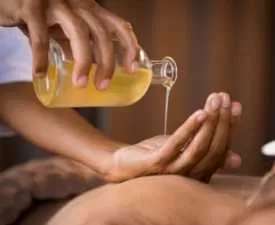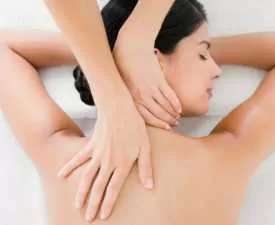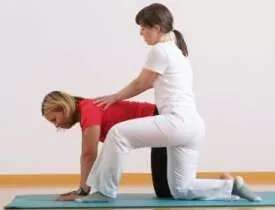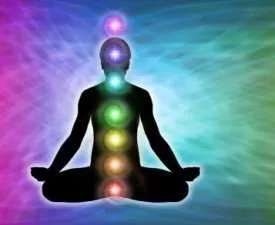Description
Course Name: Diploma in Aroma Therapy
Course Id: DAT/Q0001.
Education Qualification: 10th Class.
Duration: 370 Hrs.
How You will Get Diploma Certificate:
Step 1- Select your Course for Certification.
Step 2- Click on Enroll Now.
Step 3- Proceed to Enroll Now.
Step 4- Fill Your Billing Details and Proceed to Pay.
Step 5- You Will be Redirected to Payment Gateway, Pay Course and Exam Fee by Following Options.
Card(Debit/Credit), Wallet, Paytm, Net banking, UPI and Google pay.
Step 6- After Payment You will receive Study Material on your email id.
Step 7- After Completion of Course Study give Online Examination.
Step 8- After Online Examination you will get Diploma Certificate soft copy(Scan Copy) and Hard Copy(Original With Seal and Sign).
Step 9- After Certification you will receive Prospect Job Opportunities as per your Interest Area.
Online Examination Detail:
- Duration- 120 minutes.
- No. of Questions- 60. (Multiple Choice Questions).
- 10 Questions from each module, each carry 10 marks.
- Maximum Marks- 600, Passing Marks- 40%.
- There is no negative marking in this module.
| How Students will be Graded: | ||
| S.No. | Marks | Grade |
| 1 | 91-100 | O (Outstanding) |
| 2 | 81-90 | A (Excellent) |
| 3 | 71-80 | A (Very Good) |
| 4 | 61-70 | B (Good) |
| 5 | 51-60 | C (Average) |
| 6 | 41-50 | P (Pass) |
| 7 | 0-40 | F (Fail) |
Benefits of Certification:
- Government Authorized Assessment Agency Certification.
- Certificate Valid for Lifetime.
- Lifetime Verification of Certificate.
- Free Job Assistance as per your Interest Area.
Syllabus
Diploma in Aroma Therapy
Introduction to Aromatherapy
The physiology of aromatherapy; methods of use; preparation of oils; uses in sports, beauty care, massage, childcare, healthcare, at work, and in the home, Provides an overview of the physiology of aromatherapy, methods of use, and preparation of oils for a variety of uses, define aromatherapy and describe its history, purpose, the physiology of how it affects the body, and its contraindications, describe the body, water and room methods of using aromatherapy, explain how to prepare a basic aromatherapy kit, describe the uses of aromatherapy in occupations, sports, beauty care, massage, childcare, woman’s health care, men’s health care, general healthcare, and the home.
History of Aromatherapy
History and development of the use of plants and their essences, .Carrier Media: plant oils, hydrolats, water, creams and gels – Methods of production of carrier oils including their chemical composition, sourcing and storage requirements, lending essences – Detailed study of the reasons for selected specific essences, selection of appropriate carrier mediums, techniques of blending, percentage calculations for dilution specific to client’s needs. You will study the legal considerations including the General Product Safety Regulations, .Basic Botanical & Chemical Principles – Students will study the taxonomy, nomenclature, structure and function of plants in relation to the production of both essences & carrier oils; the definition of the atom, molecule, organic and inorganic compounds.
Basic Anatomy & Physiology
Cells: an outline of the function and structure of types of cells and their components, The Skeletal System: the structure & functions of bone, including the names & positions of principle bones including the vertebrae, ligaments, types of bone and joints and their range of movement and functions, The Muscular System: the structure & function including the main muscle types, tissue and connective tissue, muscle tone, isotonic and isometric contraction etc., the position and function of the principle superficial muscles and tendons, The Cardiovascular System: the structure & function of the heart, major blood vessels and their positions, types of blood vessels and cells and their roles, the cardiac cycle and blood pressure.
Essential Oil Quality
How to access current valid information on therapeutic capability of essential oils/absolutes, where and how to obtain good quality essential oils/absolutes and carriers and how to assess their quality, how to determine the suitability of particular essential oils/absolutes for clients, contra-indications to the use of specific essential oils/absolutes, contra-indications to the different uses of essential oils such as in a diffuser, inhalation, in products, contra-indications to the use of essential oils on pets and other animals, .factors affecting the quality of all the essential oils/absolutes such as shelf-life, The internal use of oils and use of oils neat on skin.
Physical and Emotional Well-Being
Concept of health and well-being that is consistent with the practice, principles and theory underlying your discipline, The nature of the service provided and fee structures, How the client’s previous and present care may affect their health and well-being in relation to your discipline, How the psychological and emotional balance, as well as diet and lifestyle of the individual, can affect their health and well being, The importance of a suitable environment and making clients feel welcome How to select and use different methods for exploring clients’ needs, The conditions for which the discipline is appropriate and those where it must be used with caution.
Chemistry of Essential Oils
How to assess the quality and safety of plant oils, the essential oils, hydrosols and absolutes, to include those shown in Additional Information, how and why essential oils/absolutes can become adulterated and ways of detecting adulteration, the hazards associated with essential oils/absolutes – toxicity, irritation, sensitisation, carcinogenesis, phytooestrogens, .methods of extraction – steam distillation, expression, solvent extraction, enfleurage/maceration, carbon dioxide, hydrodistillation and the bi-products of distillation; hydrosols, the range of carrier media including; plant carrier oil, cream, lotion, gel, water, air and clay.








Reviews
There are no reviews yet.